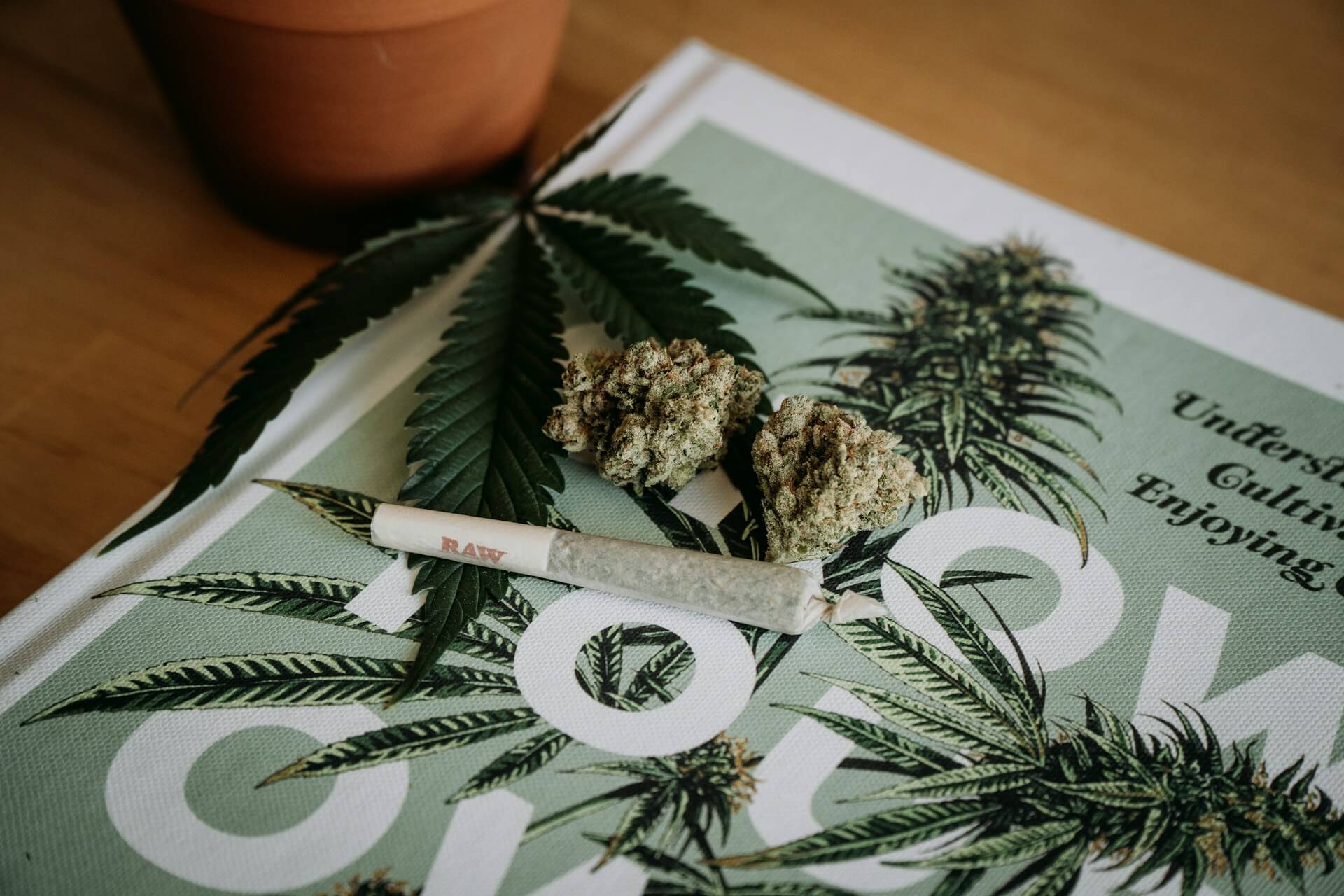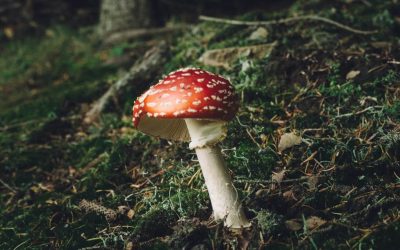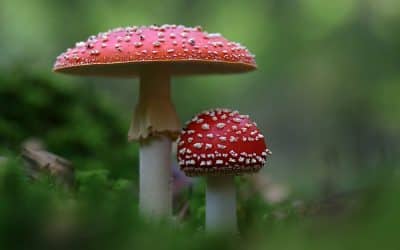
Picture this: you’re at a bustling party, surrounded by laughter, music, and the unmistakable aroma of cannabis. Someone passes you a joint, and you feel like grabbing it for the wonders of weed. But what if we told you that not all herbs are created equal? Chances are, you may be given THCA flower that doesn’t necessarily work the way you think it should.
So, is THCA flower the same as weed? Its story is far more intriguing than you might imagine. Let us clue you in so you know what to expect when you are given a product containing THCA.
Is THCA the same as weed by molecular makeup?
A lot has been said about high-inducing compounds. But there’s still room for bewilderment when it comes to cannabinoid acids like THCA. Its ‘A’ stands for an acid, which makes it molecularly different from THC packed into weed. THCA has a carboxylic acid group that THC doesn’t, and that’s the fundamental chemical disparity between the two compounds.
Why do we consider THC in the first place, you ask? That’s because weed traditionally refers to cannabis varieties loaded with THC, a major recreational cannabinoid. With this in mind, comparing it to THCA makes the most sense if you want to figure out your best product among weed and non-weed options.
No high, no problem
THCA holds tremendous potential akin to weed, but there’s a catch – it needs a thermal nudge to unlock its magic. This nudge is given through decarbing to alter THCA into the cannabinoid that marijuana is known for. This conversion is pivotal for experiencing a good old high. Without decarbing, things will not get psychoactive during your session.
While recreational users might have initially overlooked its subdued nature, THCA has always appealed to medical cannabis enthusiasts. Because THCA isn’t the same as weed, it is a preferred option for patients looking for an alternative way to get relief, not a high. Unless you heat it, your flower won’t produce an intoxicating experience.
The entourage effect
While weed shines in its own right for a high experience, THCA flower is more about the sum of cannabinoids, terpenes, and flavonoids maximized in all their beauty. Each is the pillar of the entourage effect that makes your session complete.
Terpenes, for instance, contribute to the aroma and therapeutic power of THCA flowers while complementing their nuances. Then there come flavonoids that add a flavor touch to cannabis buds and infuse secondary medical properties for sedative and other purposes. These are not as reinforced in weed but are a matter of praise in THCA.
Yet, the entourage and other effects depend on how you consume your buds. The safest bet for medical efficacy is to sidestep smoking or other methods that imply heating the product to pave the way for weed’s THC. Should you smoke it, THCA flower is the same as weed in terms of marijuana-induced relaxation and experiences that result from the altered mind. However, grinding or otherwise preparing your buds as part of consumption methods that do not involve heat will keep you on the clear-headed, therapeutic side.
Consciousness exploration
While THCA may not induce a traditional high when used as edibles or topicals, it can still do the trick for consciousness expansion and spiritual exploration. An interest in psychedelic substances has never been stronger than it is in 2024, and the cannabinoid acid is sure to blend in.
Like weed, tetrahydrocannabinolic acid can be incorporated into:
- Holistic wellness improvement sessions
- Psychedelic routines
- Transformative experiences
This underscores the multifaceted nature of THCA and some of the few application areas where it may be deemed the same as normal weed.
Cultivation differences
Cultivation practices for weed and THCA flowers can overlap, but there are some whopping differences to distinguish:
- Seed selection. While both types come from the same plant species, THCA-rich cultivars are specifically bred to produce higher levels of tetrahydrocannabinolic acid and other supporting cannabinoids. This involves doing comprehensive research on the plants and strains to cultivate.
- Harvesting time. For weed, the rule of thumb is to harvest when THC is at its highest, which occurs when the trichomes are fully developed, to cement psychoactive potency in the buds. In contrast, THCA flowers are harvested earlier, during the vegetative stage or just as flowering begins, to avoid extreme concentrations of potential THC due to natural decarbing.
- Processing. Weed always involves post-harvest processes, including decarbing, so that it contains ready-to-consume THC. With THCA, decarboxylation is avoided or reduced to preserve the raw cannabinoid content. The processing practices boil down to methods that minimize heat exposure and preserve tetrahydrocannabinol in its acidic form.
Recently, the US has seen the rise of selective breeding programs. These programs are based on innovative cultivation strategies adopted to enhance the profiles of cannabinoid acids and prevent the uncontrollable THC contents from making it into buds that are not supposed to be mind-altering or recreational.
What about regulations?
THCA isn’t the same as weed in the regulatory arena, either. While raw cannabis containing the former is generally legal, the legality of isolated THCA products varies from one region to another. Most US states approve them for local uses, but there are exceptions.
The situation is more restrictive with weed. Because it refers to THC-rich products by definition, it is federally illegal. When you want to buy marijuana, you are only allowed to do so through regulated dispensaries for limited medical cases.
What makes both similar is inconsistent regulations that complicate access for patients and consumers. They may be tough today and loosened tomorrow, as policymakers can’t reach a nationwide consensus.
So, is THCA the same as normal weed?
While THCA may share its origins with regular weed, it’s far from being its carbon copy. It has a different chemical composition, therapeutic properties, and legality intricacies.
The next time you encounter this unassuming cannabinoid, remember that there’s more to it than meets the eye. It’s up to you to transform it into marijuana if you feel like indulging in a potent cannabis variety.




